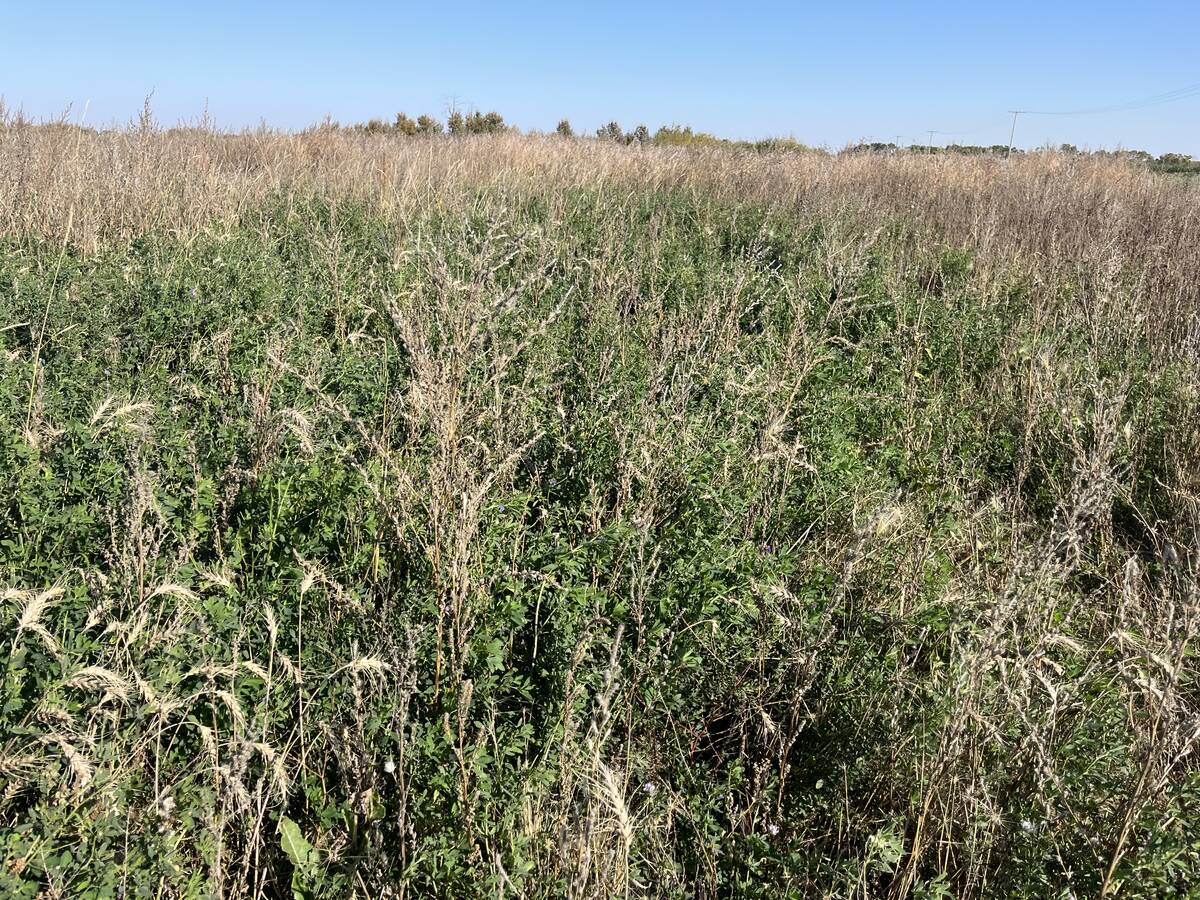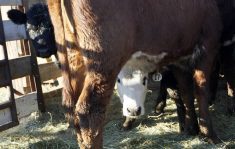Canada had a role in the global eradication of the cattle disease rinderpest, which was announced last week by the World Organization of Animal Health (OIE).
Rinderpest, also known as cattle plague, is the second disease after smallpox to be wiped out by human intervention.
It does not affect humans but has been at the heart of famine in Europe, Africa and Asia for centuries.
Dr. Brian Evans, Canada’s chief veterinary officer and vice-president of the Canadian Food Inspection Agency, said considerable research on rinderpest was done in Canadian laboratories that helped advance techniques for identifying the disease, testing for it and for training veterinarians here and abroad.
Read Also

Dormant seeding forages frees up farmer time and gets ahead of weeds
Dormant seeding isn’t common practice and can appear daunting, but there are some techniques to give Manitoba farmers an edge
“Even though we never did suffer the reality of rinderpest within our susceptible animal populations, we in fact were very much involved over the past number of decades with research on the virus and had the virus within our containment laboratory reality,” Evans said in a conference call from OIE meetings in Paris.
He called the disease’s demise an historical event that has eliminated a scourge affecting animals and people since 367 BC.
“As an animal health community, we have achieved the first eradication, at the global level, of a major animal disease.”
Rinderpest was largely responsible for the formation of the OIE in 1924 when an outbreak in Belgium rallied international control efforts, said Evans. Canada is one of the OIE’s 178 member countries.
Canada continues to contribute to world animal health research with the idea that prevention is the best protection against the spread of disease into this country.
“It goes beyond rinderpest,” Evans said, noting Canada’s 18 OIE international reference labs that are sharing results of their research on rabies, fish diseases and an array of transmissible spongiform encephalopathies including BSE, scrapie and chronic wasting disease.
“We have twinning arrangements with Colombia, for example, for avian influenza and Newcastle disease. We have twinning arrangements with Chile for fish diseases and (in) Peru we’re finalizing an agreement in the area of rabies, anthrax and the TSEs.”
Evans said the OIE last week also discussed emerging diseases that could threaten livestock, including rift valley fever, now a factor in Africa, and others spread by biting insects that might proliferate as a result of climate change.
He added that the OIE is considering an international campaign against foot and mouth disease, which is a particular threat because it has multiple types and no universal vaccination. More countries have FMD than not, said Evans.
However, Canada has maintained its FMD-free status.















